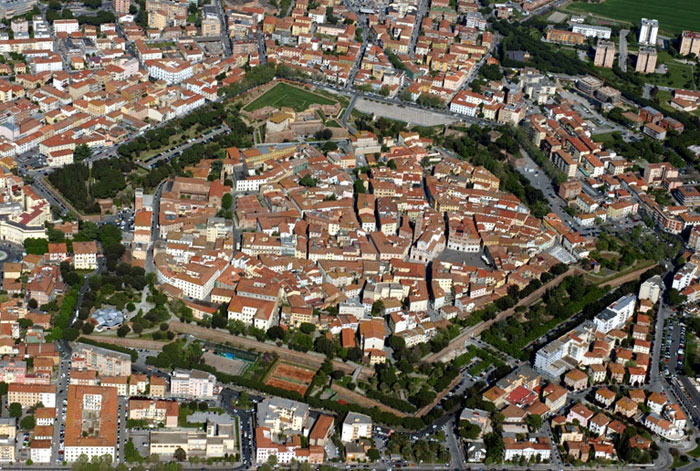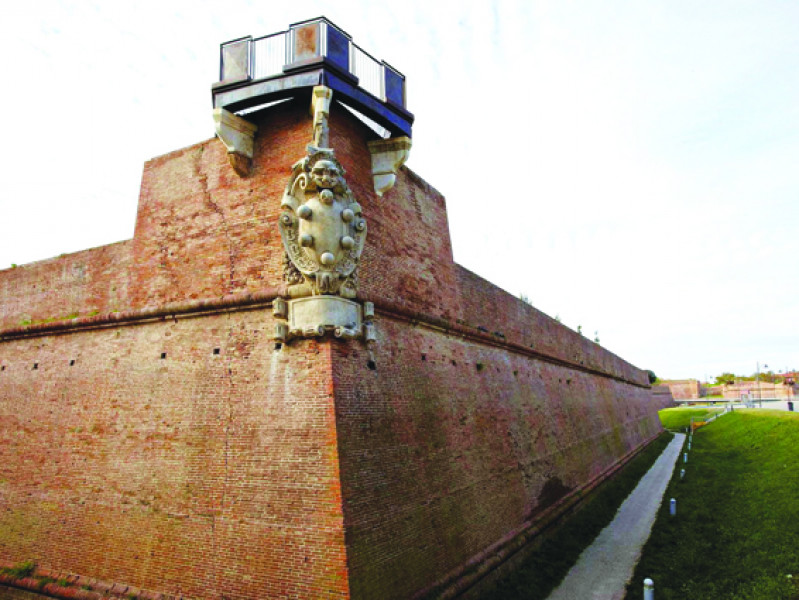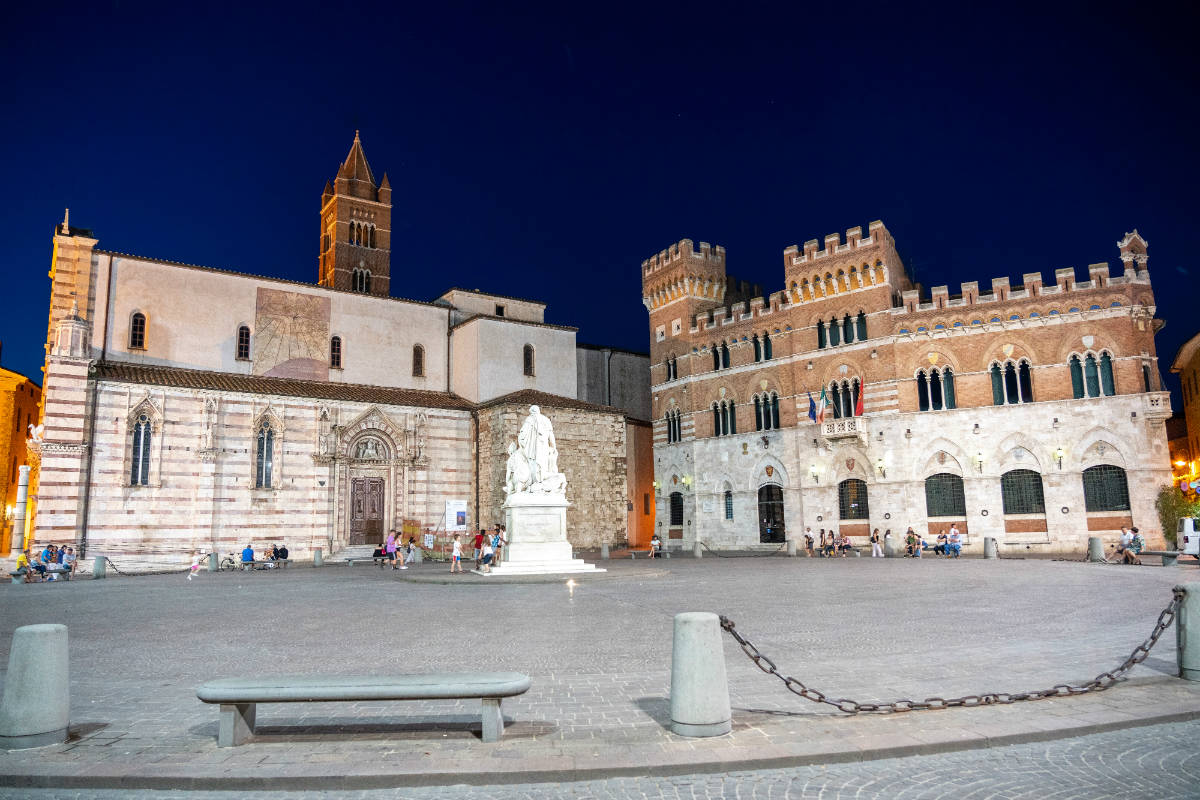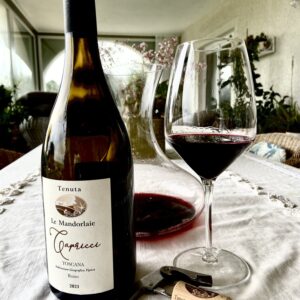
The History of Grosseto Tuscany
 Grosseto, a picturesque city located in the heart of Tuscany, Italy, has a rich and diverse history that spans over two millennia. It is our closest city, and offers our guests the chance to visit a city that started in the 7th century BCE.
Grosseto, a picturesque city located in the heart of Tuscany, Italy, has a rich and diverse history that spans over two millennia. It is our closest city, and offers our guests the chance to visit a city that started in the 7th century BCE.
Ancient Origins
The history of Grosseto can be traced back to ancient times when it was known as “Rusellae.” It was originally founded by the Etruscans, a pre-Roman civilization, around the 7th century BCE. The Etruscans were known for their advanced culture and art, and Rusellae was no exception. The city thrived as an Etruscan trading center and enjoyed relative autonomy for several centuries.
Roman Rule
In the 3rd century BCE, Rusellae, along with the rest of Etruria, was absorbed into the expanding Roman Republic. Under Roman rule, the city continued to flourish, and it became an important administrative and economic center in the region. Many Roman structures, including temples, villas, and aqueducts, were built in Rusellae, leaving lasting architectural remnants that can still be seen today.
Medieval Era
After the fall of the Western Roman Empire in the 5th century CE, Rusellae, like much of Italy, went through a period of upheaval and transformation. The city was repeatedly sacked by various barbarian tribes, including the Visigoths and the Lombards. During the early Middle Ages, it became known as “Grosseto” and was part of the Lombard Kingdom.
In the 9th century, Grosseto was incorporated into the Carolingian Empire under Charlemagne, and it later fell under the rule of the Holy Roman Empire. The city’s strategic location made it a desirable target for various rulers and factions during this turbulent period.
The Republic of Siena
In the 13th century, Grosseto was conquered by the Republic of Siena, one of the major city-states in medieval Italy. For several centuries, the city was under the control of Siena, which greatly influenced its culture, architecture, and governance. During this time, many impressive buildings, fortifications, and walls were constructed in Grosseto. The Cathedral of San Lorenzo, a prominent landmark, was built in the 13th century.
 The Medici Rule and the Grand Duchy of Tuscany
The Medici Rule and the Grand Duchy of Tuscany
In the mid-16th century, Grosseto, along with the rest of the Republic of Siena, came under the control of the powerful Medici family, who ruled as Dukes of Tuscany. This marked the beginning of the city’s integration into the Grand Duchy of Tuscany, which was a significant political entity in Italy at the time.
During the Medici and later the Lorraine rule, Grosseto experienced a period of relative stability and prosperity. The city’s defensive walls were modernized, and it continued to be an important administrative and economic center within the Grand Duchy.
Napoleonic Era and the Kingdom of Etruria
In the late 18th century, Grosseto went through another change in rulership as it fell under French control during the Napoleonic era. It became part of the short-lived Kingdom of Etruria, which was established by Napoleon for his brother-in-law, Louis I of Etruria. During this time, the city experienced administrative and architectural changes as it adapted to the new regime.
The Unification of Italy
The 19th century brought significant political changes to Italy as the various city-states and regions sought to unify under a single nation. In 1860, Grosseto, along with the rest of Tuscany, became part of the newly unified Kingdom of Italy, which was led by King Victor Emmanuel II. The unification marked a major turning point in the city’s history, as it became an integral part of the Italian state.
Modern Times
In the 20th century, Grosseto, like the rest of Italy, faced the challenges of two world wars. The city was impacted by both World War I and World War II, and it played a role in the partisan resistance movement during the latter conflict. After the wars, Grosseto went through a period of post-war reconstruction and economic development.
Today, Grosseto is a vibrant and charming city with a rich history that is reflected in its well-preserved architecture, including medieval walls, historic churches, and the picturesque Piazza Dante. It serves as the capital of the Grosseto Province and continues to be an important cultural and economic hub in the region. The city’s location on the Tyrrhenian Sea and its proximity to the beautiful Tuscan countryside make it a popular destination for tourists, who come to explore its history, natural beauty, and local cuisine.

 The Medici Rule and the Grand Duchy of Tuscany
The Medici Rule and the Grand Duchy of Tuscany